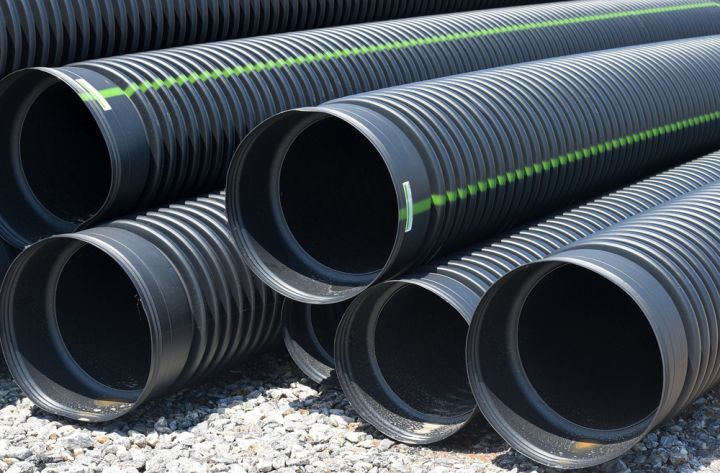Landscaping 101: What is Drain Tile?
March 6, 2019 | By webadmin
After a wet year like we experienced in 2018, you may have noticed pools of standing water in your landscape or around your home’s foundation. Standing water around your foundation or other structures on your property can cause costly repairs. You may hear professional landscapers recommend “drain tile” as a solution.
What exactly is drain tile? We’ll break it down for you in today’s Landscaping 101 lesson:
How do I know if I need drain tile?
Rainfall in Texas tends to be feast or famine. You may think the gutters on your home are enough to do the job of moving water away from your hoes. But gutters only collect rainfall & direct it to certain locations – and they can only handle so much water at one time. We’ve all seen how the gully washers we get here in Dallas can quickly overwhelm gutters. Buckets worth of water can spill over gutters and pool around your foundation. It is important to reroute the flow of water to keep moving the excess off of your property.
If, when it rains heavily, you notice water around your foundation, crawl space, or basement (if you are lucky enough to have one) has water seeping through, you need a drainage system, which includes drain tile.
What is drain tile?
Drain tile isn’t actually a form of tile, like you have on your kitchen floor. It’s really a flexible tube or type of flexible pipe. Drain tile can have small preformed holes in it, or drilled in, placed downward towards the soil, to allow water to drain out of the pipe slowly.

There are two types of drain tile to choose from:
PVC drain tile:
- lasts longer
- can be cleared with a plumbers snake if a clog occurs
- more expensive
- more difficult to work with
Flexible drain tile:
- does not last as long
- can be damaged by tools
- easier to work with due to flexibility
- cheaper
How is drain tile installed?
Drain tile is installed below ground, therefore it requires trenching into the ground to install. Most often, trenches are dug 16”-24” deep and at least 12” wide. The trench needs to take property slope and grade into account in order for water to move in the correct direction – either away from your foundation or away from a low spot. Therefore, we sometimes have to perform grading on the property before installation of a drainage system.
It’s important to know you cannot route water drainage onto a neighbor’s property!

Move water in the correct direction - away from your home and away from a neighboring property.
After the trench is dug, a layer of crushed rock is laid at the bottom. The pipe is placed on top with any drainage holes placed against the gravel.
Either type of drain tile will need to be wrapped with landscape fabric in order to keep roots and dirt from clogging the holes. Most perforated pipe comes already wrapped in a water-permeable fabric.
Once the drain tile is installed, the trench is then further filled with gravel to aid in better water penetration. The trench is then backfilled with native soil.
When to install drain tile
While it is easiest & best to install drain tile when a home is being built or a new landscape is being installed, we are still able to add drain tile later on as part of a renovation or for repairs. This means we will have to potentially trench around established plantings– but the benefits greatly outweigh the potential plant damage if you have water building up around your foundation. Special equipment can be used to create trenches without cutting important tree roots.
In addition to installing drain tile, other ways to manage excess water in your landscape include:
- Grading
- Creating Swales or Creek Beds
- Installing a Rain Garden
- Utilizing Rain Barrels

This dry creek bed is used to manage excess water.
If you have noticed areas of standing water in you landscape, give us a call for a professional assessment and diagnosis. We are experienced in drain tile installation and can help dry out your soggy yard and protect your home’s foundation.
